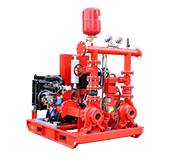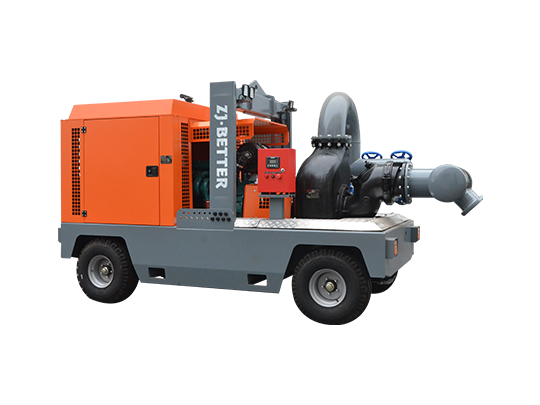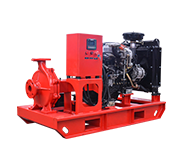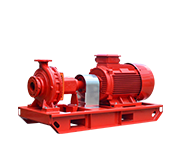-
Pressure Switches: Many fire pumps are equipped with pressure switches that automatically control the operation of the pump. When the system detects a drop in pressure, indicating that water is being drawn from the system (likely due to firefighting efforts), the pressure switch can signal the pump to start. Once the pressure reaches a certain level, the pressure switch may then signal the pump to stop.
-
Controller Logic: Advanced fire protection systems can have more complex controller logic that takes into account various factors such as water demand, system pressure, and flow rates. These systems can be programmed to start and stop the pump automatically based on real-time conditions.

-
Manual Control: In some cases, fire pumps can also be controlled manually by personnel, allowing them to start and stop the pump based on their assessment of the firefighting situation.
-
Remote Monitoring and Control: With the advent of smart building technologies, fire pumps can now be monitored and controlled remotely. This allows authorized personnel to start or stop the pump from a central location, enhancing the flexibility and responsiveness of the system.
-
Emergency Shutdown: There are safety considerations as well. In some situations, fire pumps might automatically shut down if there's a fault or a dangerous condition to prevent any potential hazards.
It's important to note that fire protection systems are highly regulated and must meet specific codes and standards to ensure they operate reliably during emergencies. The exact behavior of a fire pump, including whether it turns off automatically, will depend on the design of the system and the requirements set forth by relevant authorities and regulations.






